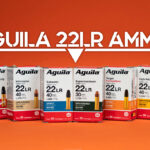
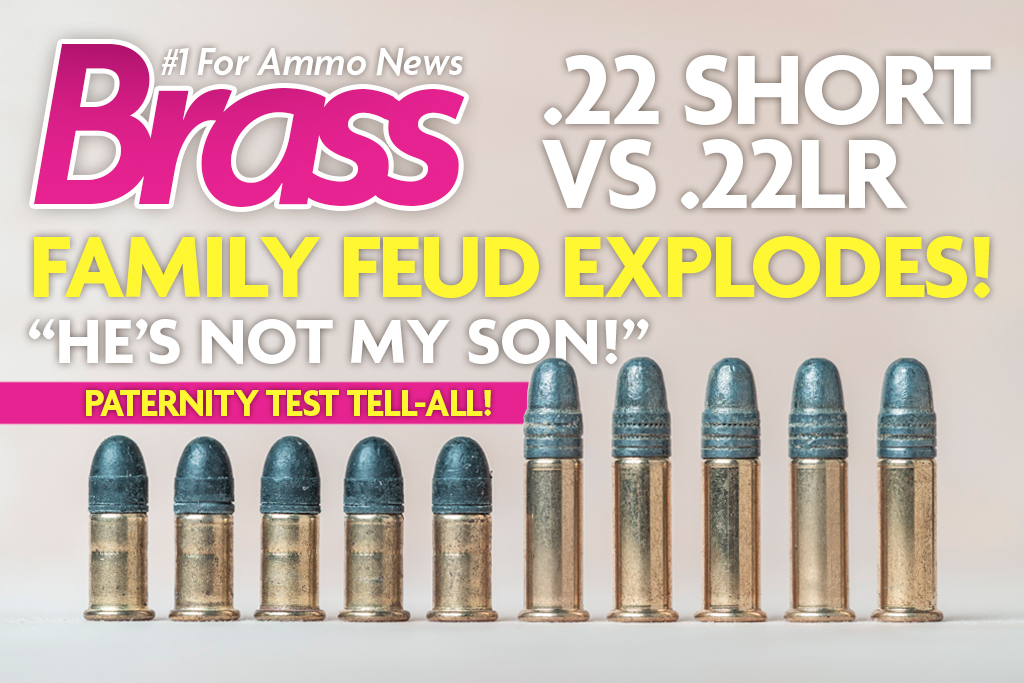
It’s a rimfire family feud for the ages! Let’s dive into a spicy topic that will spark some debate at the shooting range – the classic showdown between 22 Short VS 22LR ammunition. These small-caliber rounds have been a staple in the firearms world for decades, each with unique characteristics and purposes. So, whether you’re a seasoned shooter or just getting started, let’s unravel the nuances of these two popular cartridges.
What’s the difference? The long…err, short answer is that the .22LR has a longer case length, which allows it to hold more powder. It can hold and send a heavier bullet further than the .22 Short. Both are excellent options for plinking, training, or getting rid of small pests and varmints. The effective range of the .22 Short is around 50 yards, while the .22LR extends out to 100-150 yards.
22 Short VS 22LR: A Brief History
Let’s take a step back and take a look at the family drama behind these cartridges. First, we need to discuss who the father of the .22LR is. I mean, come on, look at them side-by-side. They have to be father and son, right? Like most families, it’s a little more complicated. The parent case (or, legal guardian) of the .22LR is the .22 Long cartridge. However, it does bear the family resemblance of its grandfathers, the .22 Short, and .22 BB Cap.
All right, .22LR, l have the DNA results right here. Are you ready to find out who your biological father is?”
-Maury Povich (Probably)
The .22 Short was one of the first self-contained metallic cartridges developed in 1857. It was initially designed for small pocket revolvers and quickly gained popularity for its convenience and ease of use. It was a cartridge for pocket-sized protection that was popularized by riverboat gamblers.
On the other hand, the .22 Long Rifle (.22LR) emerged as an evolution of the .22 Short, boasting improved performance and greater versatility. Introduced in 1887, the .22LR was specifically engineered to cater to a wide range of firearms, from handguns to rifles. Its popularity as a .22 caliber offspring remains to this day.
Size Matters: The Basics
Now, let’s talk about size. The .22 Short is indeed shorter in length than the .22LR. The .22 Short typically measures around .695″, while the .22LR stretches to about .888″ depending on the bullet type It might not sound like much, but even slight variances can influence the performance of ammunition.
| Cartridge Specs | .22 Short Rifle | .22 Long Rifle |
|---|---|---|
| Parent Casing | N/A | .22 Long |
| Bullet Diameter | .222“ | .223“ |
| Neck Diameter | .226″ | .226″ |
| Base Diameter | .226″ | .226″ |
| Case Length | .421″ | .613″ |
| Overall Length | .695″ | .888″ |
| Grain Weight | 27gr-29gr | 29gr-60gr |
| Max Pressure (SAMMI) | 21,000 PSI | 24,000 PSI |
Energy & Velocity: 22 Short VS 22LR
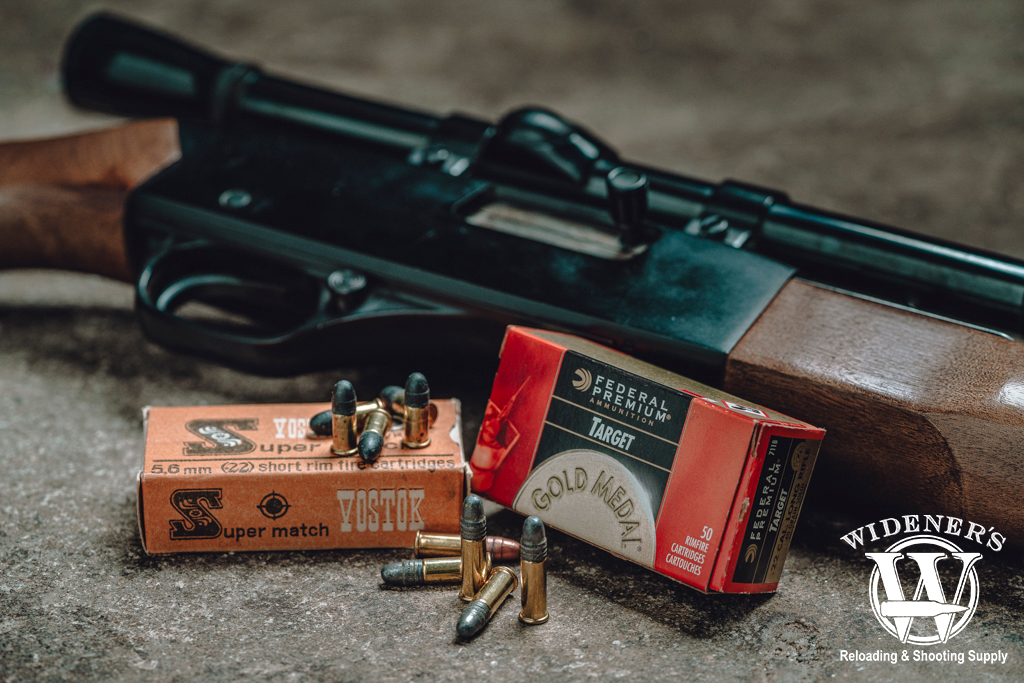
Many rimfire rifles, such as the Winchester Model 190/290 can shoot .22 Short, .22 Long, and .22 Long Rifle cartridges.
When it comes to power, the .22LR holds the upper hand. Thanks to its longer case and larger powder capacity, the .22LR generally offers higher muzzle energy and velocity than the .22 Short. The .22LR delivers a more robust punch and better trajectory, making it perfect for target shooting, plinking, and small game hunting.
In contrast, the .22 Short has relatively milder recoil and a quieter report. This characteristic makes it an excellent option for beginners or shooters looking to reduce noise while practicing. However, the trade-off is that its shorter case limits the amount of gunpowder it can hold, resulting in lower velocity and energy.
Versatility: Chamber Compatibility
One of the significant advantages of the .22LR is its versatility. Due to its popularity and widespread use, many firearms use .22LR ammunition. From compact handguns to precision rifles, you’ll find plentiful options that accommodate the .22LR cartridge.
The .22 Short, while historically significant, is more limited regarding firearm compatibility. Fewer modern firearms are chambered for .22 Short due to its lesser performance compared to the .22LR. However, antique guns and certain pocket revolvers still use this nostalgic cartridge.
Accuracy & Precision: 22 Short VS 22LR
Now, let’s chat about accuracy. Both the .22 Short and .22LR can be impressively accurate, but the .22LR generally has the edge. Its increased velocity and longer case contribute to better ballistic performance, resulting in tighter groupings and better accuracy over longer distances.
While the .22 Short might not match the .22LR’s precision, it still has its charms. Its milder report and recoil make it an excellent option for introducing newcomers to shooting without overwhelming them with noise and kick.
Bang for Your Buck: Availability & Cost
Regarding cost, the .22 Short is pricier than the .22LR. This difference is primarily due to its lower demand and fewer manufacturers producing it. The .22LR, being widely popular and in everyday use, is more available and often comes at a more affordable price.
22 Short VS 22LR: Ballistics Compared
Understanding the ballistics of these rimfire calibers is essential for making informed decisions. These numbers will vary slightly based on the type of ammunition you’re using, the barrel length, and weather or wind conditions. With that in mind, let’s see how these two diminutive cartridges stack up.
Standard Ballistics
The CCI 29gr LRN in .22 Short offers plinking-level performance. It hits 710 in muzzle velocity coming out of the barrel, with a measly 32 FT LBS of energy. Bullet energy drops at 100 yards to 24 FT LBS, giving it much less stopping power than the slightly larger .22LR bullet. Wind drift is negligible at close distances, however, it becomes severe beyond 50 yards. Bullet drop is another issue because of the arc of the flight path, leveling out at just beyond 100 yards and dropping off of the face of the earth (-100″) at 150 yards and beyond.
The Federal Champion 40gr LRN in .22LR performs as expected. It zips along at 1,200 FPS in muzzle velocity leaving the barrel, with 128 FT LBS of energy. Bullet energy stays above 100 FT LBS at 50 yards but drops well below at 100 yards and beyond. It retains more stopping power at a distance than the .22 Short bullet, but that’s not saying much for either. Wind drift is around 4.9″ at 100 yards. Bullet drop levels out at 100 yards and drops 12″ below the point of aim at 150 yards.
| Caliber | Bullet Type | Bullet Weight | Velocity (Muzzle) | Energy (Muzzle) | 50 Yards (Velocity/Energy) | 100 Yards (Velocity/Energy) | 150 Yards (Velocity/Energy) |
|---|---|---|---|---|---|---|---|
| .22 Short | LRN | 29gr | 710 FPS | 32 FT LBS | 656 FPS/28 FT LBS | 607 FPS/24 FT LBS | 556 FPS/20 FT LBS |
| .22LR | LRN | 40gr | 1,200 FPS | 128 FT LBS | 1,075 FPS/103 FT LBS | 991 FPS/87 FT LBS | 928 FPS/76 FT LBS |
Exploring Different Bullet Types
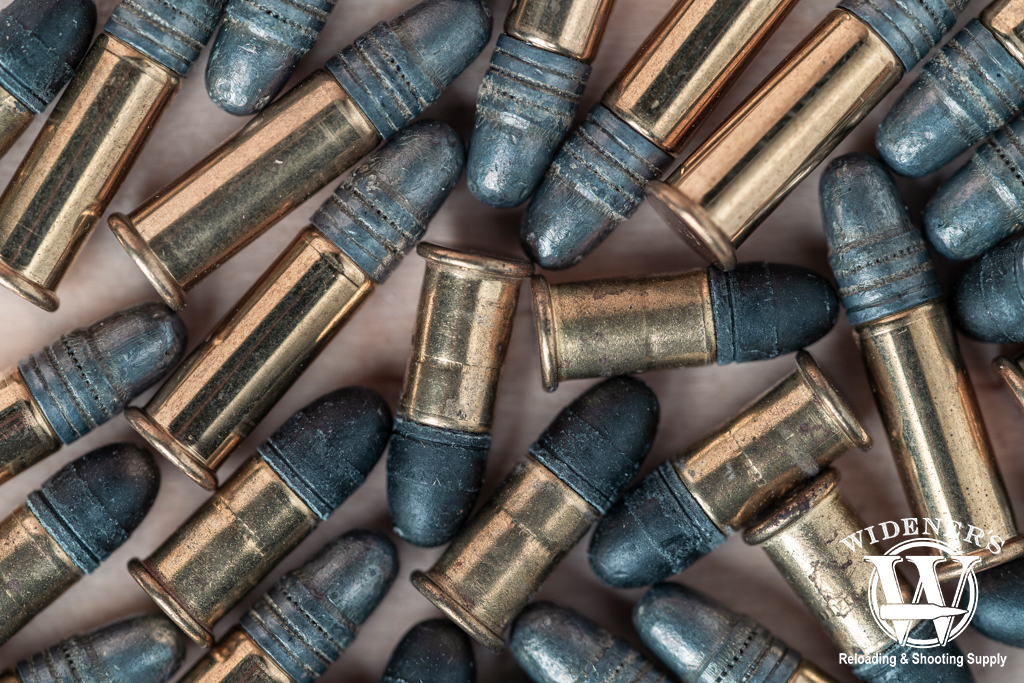
If you need variety, .22LR has more easy-to-find bullet-types, however, .22 Short options are available as well.
Now that we’ve covered the basics of .22 Short and .22LR ammunition, it’s time to take a closer look at another exciting aspect of these cartridges – the wide variety of bullet types available. These tiny projectiles come in different shapes and designs, each catering to specific shooting needs and preferences. So, let’s dive into the bullet ballet and explore the options!
Round-Nose Bullets
Starting off our bullet exploration, we have the trusty round-nose bullets. These classic projectiles are well-suited for plinking and target shooting. Their rounded profile aids in smooth feeding and cycling through semi-automatic firearms. Additionally, the round shape minimizes the risk of jamming, making it a reliable choice for beginners and experienced shooters alike.
Hollow-Point Bullets
Hollow-point bullets may pique your interest if you’re considering small-game hunting or self-defense scenarios. These bullets expand upon impact, creating a larger wound channel and transferring more energy to the target. While they’re available for both .22 Short and .22LR, it’s worth noting that their effectiveness largely depends on the velocity the cartridge generates.
Flat-Nose Bullets
For shooters who prioritize accuracy and consistent performance, flat-nose bullets are worth a look. These bullets have a flat front profile, which can help with better engagement of the rifling in the barrel. This engagement promotes stability during flight, potentially resulting in tighter groups downrange. Those who enjoy precision shooting or small-game hunting often favor flat-nose bullets.
Segmented Bullets
Here’s a bullet type that’s gaining some attention – segmented bullets. These innovative projectiles fragment upon impact, creating multiple wound channels. This property makes them particularly effective for varmint hunting or pest control, where quick and humane elimination is paramount. Segmented bullets can offer devastating terminal performance, especially in cartridges with enough velocity to initiate proper fragmentation.
Copper-Plated Bullets
If you’re concerned about lead fouling in your firearm’s barrel, copper-plated .22 bullets might be the solution. These bullets feature a thin layer of copper that encapsulates the lead core, reducing contact between the lead and the barrel. This not only helps maintain better accuracy but also minimizes the amount of residue left behind, resulting in a cleaner shooting experience.
Match Grade Bullets
For those who live and breathe precision shooting, match-grade bullets are the cream of the crop. These bullets are meticulously manufactured to strict tolerances, ensuring consistent weight, shape, and balance. They are often chosen by competitive shooters who demand exceptional accuracy for target shooting or competitions. While they can be a bit pricier, their performance is well worth the investment if you’re serious about hitting those bullseyes.
The Final Verdict: Which One to Choose?
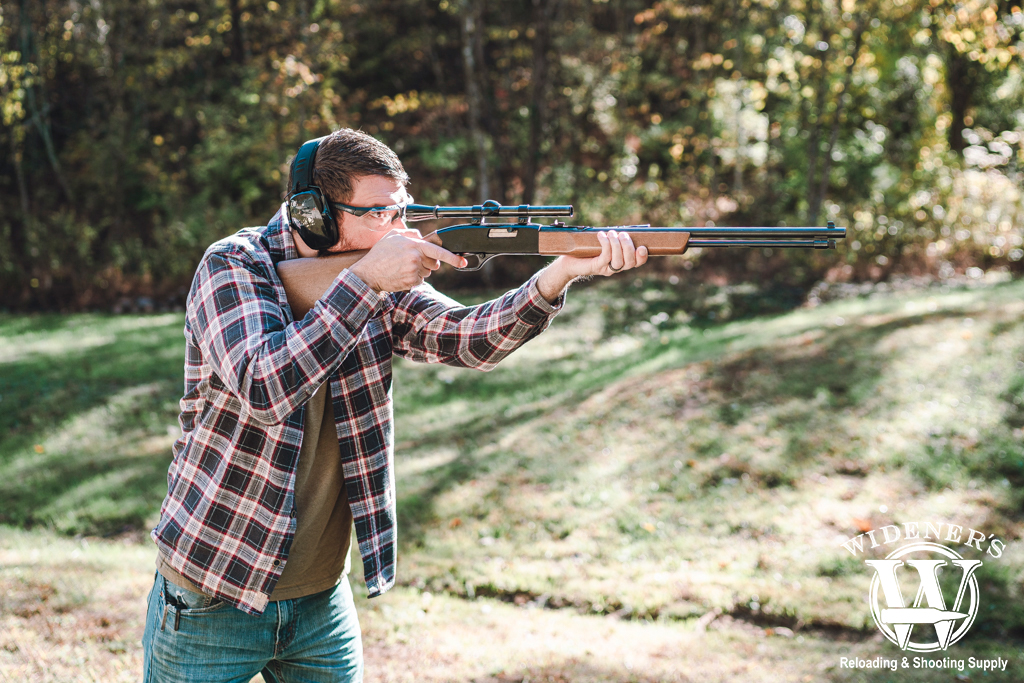
The rimfire family tree has short branches, use them to your advantage at the gun range.
So, the question remains: should you go for the .22 Short or the .22LR? Well, that largely depends on your intentions and preferences. If you’re looking for a cartridge that offers more power, versatility, and accuracy, the .22LR is the clear winner. Its performance and compatibility with various firearms make it an excellent all-around choice for target shooting, plinking, and varmint hunting.
On the other hand, if you’re aiming for a more subdued shooting experience, the .22 Short might be your best choice. Its quieter report and mild recoil are ideal for introducing beginners to shooting fundamentals or for when you want a laid-back plinking session.
22 Short VS 22LR: Wrapping Up
Ultimately, the family feud between .22 Short and .22LR ammunition isn’t really a paternity battle. It’s more like a weird rivalry between two closely related cartridges that each has unique qualities and advantages. That being said, the rimfire family tree branches are suspiciously short. We’re not judging whether you like the historical charm of the .22 Short or the versatility of the .22LR, both have their rightful place in the world of firearms.
All families are a little odd, our’s included. The next time you’re at the range, consider giving both rimfire cartridges a shot. If you really want the sparks to fly, you could always invite black-sheep cousin .22 Magnum along. He’s kin, but they don’t claim him. Either way, learn to embrace their differences, appreciate the nuances, and enjoy the experience of sending those tiny projectiles downrange with precision and skill. Happy shooting!


